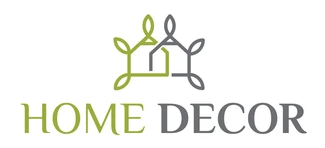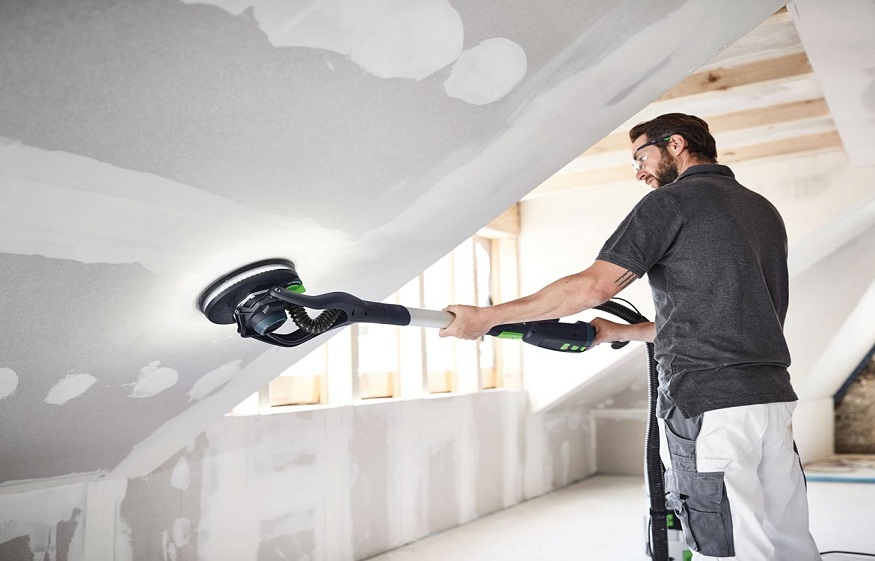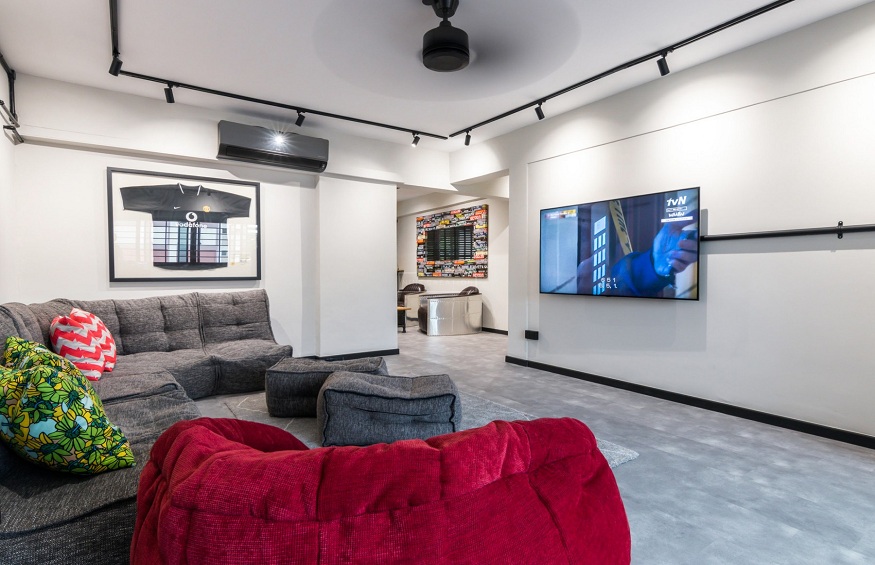Drywall installation and finishing are critical steps in the construction process, and following best practices can ensure a high-quality and professional result. Whether you’re a seasoned contractor or a DIY enthusiast, understanding the tips and techniques for installing and finishing drywall is essential. In this comprehensive guide, we’ll explore the general tips, installation techniques, and finishing tips that will help you achieve outstanding results with your drywall projects.
General Tips
To start off on the right foot, here are some general tips that will set the foundation for successful drywall installation and finishing.
Jobsite Mock-up
Before embarking on the actual construction, it’s beneficial to create a jobsite mock-up. A mock-up provides a visual representation of the final project appearance and allows all stakeholders, including architects, contractors, and owners, to agree upon the design and appearance of the drywall panels. The mock-up should closely resemble the project environment, including lighting conditions, to ensure an accurate representation.
Realistic Schedule
Allowing adequate time for the drywall installation and finishing process is crucial. It’s important to allocate enough time in the construction schedule to ensure that the finishing work can be completed correctly to achieve the desired level of finish. Rushing through the process can lead to subpar results and compromise the overall quality of the project.
Environmental Conditions
Maintaining stable temperature, humidity, and airflow conditions is essential during the drywall installation and finishing process. These factors can significantly impact the performance of the drywall system. It’s crucial to control the environment to match occupancy standards as closely as possible. Failure to do so can have adverse effects on the drywall system.
Installation Tips
Proper installation techniques are vital for achieving a smooth and even drywall surface. Let’s explore some key tips for installing drywall.
Framing Alignment
To ensure a level and even plane on the panel surface, it’s essential to install all framing members straight and in line with the gypsum panels. Proper alignment of the framing is crucial for achieving a seamless and professional finish.
Butt Joint Preparation
When installing drywall panels, it’s important to prepare the butt joints properly. Loosely butt the panel joint edges and ends to prevent visible joint ridges or beads after painting. Panels that are butted too tightly are more likely to develop these imperfections.
Minimize Joints
Where possible, minimize the number of joints needed on the jobsite. This can be achieved by using the longest and widest practical panels. Minimizing joints reduces the chances of visible seams and simplifies the finishing process.
Screw Placement
When driving drywall screws, it’s important to penetrate just below the gypsum panel surface without breaking the surface paper. This ensures a secure attachment while preventing damage to the surface. Proper screw placement is crucial for the structural integrity of the drywall system.
Finishing Tips
The finishing stage of drywall installation is where the magic happens. Proper finishing techniques can transform a rough surface into a smooth and refined final product. Let’s explore some essential tips for achieving outstanding finishes.



